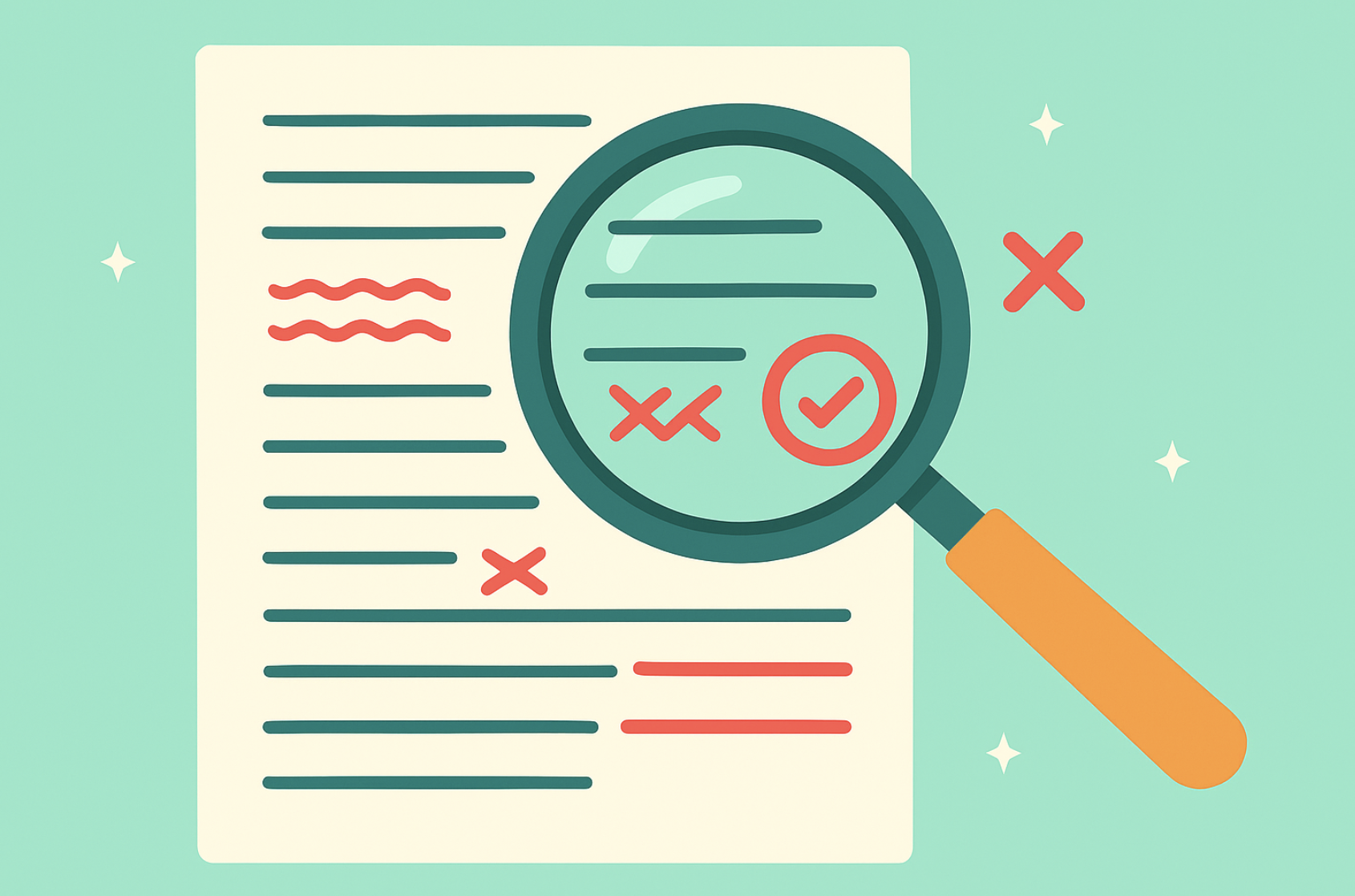In an era where self-publishing has become not just feasible but also increasingly popular, the allure of taking control of one’s literary journey is undeniable.
Self-publishing, once seen as the last resort for authors unable to break into traditional publishing, has evolved into a respected and often lucrative avenue.
With the advent of digital platforms and print-on-demand technology, the barriers to entering the publishing world have significantly lowered. This shift has democratized the process, enabling a diverse range of voices to share their stories without the gatekeeping of traditional publishing houses.
However, this path is not without some hidden costs of self publishing, many of which are not immediately apparent to aspiring authors.
While it’s tempting to focus on the success stories of self-published authors who have made it big, it’s crucial to recognize that these instances, though inspiring, are not the norm.
The reality is that self-publishing a book requires not just a creative mind but also a business-oriented approach, especially in managing the various costs of self publishing involved.
This article aims to shed light on the hidden costs of self-publishing, breaking them down into manageable categories. From the initial stages of manuscript preparation to the continuous investment in marketing and sales post-publication, we will explore each aspect of the financial investment required.
The goal is to provide a comprehensive guide for writers looking to self publish, ensuring they are well-informed about the financial implications and are equipped to make decisions that balance their creative aspirations with practical realities.
Understanding these hidden costs of self publishing is essential for any writer looking to embark on this journey. It’s not just about the dream of seeing one’s name on a book cover; it’s about understanding the business of books, navigating the complexities of the market, and making informed choices that align with both artistic and financial goals.
As we delve into the intricate world of self-publishing, we aim to provide insights and guidance on publishing costs to help aspiring authors embark on this journey with their eyes wide open, prepared for both its challenges and its rewards.

What is the self publishing process?
Self-publishing is the act of independently publishing a book or other work by the author, without the involvement of an established third-party publisher.
To self publish, an author takes full responsibility for the entire process, including writing, editing, designing, book formatting, marketing, and distributing the book.
Unlike with traditional publishers, where a publishing house assumes these responsibilities (and publishing costs), in self-publishing, the author retains full creative control and rights over the work. This approach also means the author bears all the financial risks and rewards.
Self-publishing can be done through various platforms, including e-books, print-on-demand services, and audiobook creation, offering a range of options to reach audiences.
The Evolution of Self-Publishing
The evolution of self-publishing reflects a significant shift in the literary landscape. Initially perceived as a less prestigious option compared to traditional publishing, it has gained respect and viability over the years.
The advent of the internet and digital technology has been a game changer. Platforms like Amazon’s Kindle Direct Publishing (KDP) and services like Smashwords have simplified the process, making it accessible to anyone with a story to tell.
Print-on-demand technology has also reduced financial risks, allowing physical books to be printed as needed. The democratization of publishing has led to a diverse array of voices and stories being shared, challenging the traditional gatekeeping roles of publishing houses and reshaping the industry’s dynamics.
Comparing Traditional Publishing and Self-Publishing
Comparing traditional publishing and self-publishing is crucial to understand the nuances of each. Traditional publishing involves a publishing house which handles editing, design, marketing, and distribution, often providing an advance to the author.
However, it’s highly selective, with a lengthy process from manuscript acceptance to book release. In contrast, self-publishing offers immediacy and control, allowing authors to publish on their timeline and maintain creative direction.
Financially, traditional publishing offers lower royalties per book sold but provides broader distribution and marketing muscle. Self-publishing offers higher book royalties per sale but demands a significant personal investment in marketing a book and distribution.
Each path has distinct advantages and challenges, often reflecting the author’s goals, resources, and desired level of control over their work.
Why Authors Choose to Self-Publish
Authors self publish their work for various reasons. The most compelling is creative control. Self-publishing allows authors to make all decisions regarding content, book cover design, and how the book is marketed and distributed.
This level of control is particularly appealing to those with a specific vision for their work or those writing in niche genres. Additionally, the potential for higher royalties per book is attractive, especially in a successful self-publishing scenario.
The speed to market is another factor; self-publishing can be much faster than the traditional route. Finally, some authors appreciate the learning and personal growth involved in managing the process of publishing. This hands-on experience can be invaluable, offering insights into the business side of writing and publishing.

Pre-Publication Costs of self publishing
Navigating the waters of self-publishing involves various pre-publication costs that are often overlooked by first-time authors. Understanding these costs is essential for budgeting and planning a successful self-publishing journey.
Manuscript Preparation
- Editing: Editing a book is arguably the most critical phase in preparing your manuscript for publication. This process involves several layers, starting from developmental editing, which addresses the book’s structure, content, and narrative flow. Following this, copy editing focuses on grammar, syntax, and consistency. The editing costs can vary widely, depending on the manuscript’s length, the edit type, and the editor’s expertise. Professional editing costs can range from a few hundred to several thousand dollars. Investing in quality editing by a professional editor is crucial, as it significantly impacts the book’s reception and credibility.
- Proofreading: After editing, proofreading your book is the final step to ensure the manuscript is free of errors. This involves checking for typos, punctuation errors, and minor grammatical issues. While it’s less intensive than editing, it’s a vital step in ensuring a polished and professional-looking book. Proofreading services can cost a few cents per word, adding up to a significant amount based on the manuscript’s length.
Book Cover Design
The cover is the first thing potential readers see and can greatly influence their decision to purchase your book. The costs of hiring a professional book cover designer can range from $100 to $500 for pre-made designs and upwards of $1000 for custom artwork.
Prices vary based on the experience of book cover designer and the complexity of the design. A compelling cover that captures the essence of your book while appealing to your target audience is an investment that can significantly impact your book’s marketability. If you’re publishing an ebook, you’ll want to make sure you opt for an ebook cover design, so that it looks good in a digital format.
Formatting for Print and E-books
Formatting your manuscript for print and e-books is a technical yet crucial step. This includes setting the book size, typesetting, and ensuring the manuscript is compatible with various e-readers.
Formatting for e-books is different from print books and requires specific skills to ensure compatibility across different devices. Professional formatters charge anywhere from $50 to several hundred dollars, depending on the complexity of the work.
While there are free software options available, investing in professional formatting ensures a more polished and professional final product.
ISBN Acquisition and Other Legal Necessities
An ISBN (International Standard Book Number) is essential for your book’s identification and sales tracking. In many countries, acquiring an ISBN can be free, while in others, it may cost up to $125.
Additionally, you might need to consider copyright registration fees, which vary by country but are crucial for protecting your intellectual property. These legal necessities ensure your book is recognized and protected in the publishing marketplace.
Marketing and Promotion Plans Before Launch
Developing a marketing and promotion strategy before your book launch is vital. This can include creating a website, social media marketing, email campaigns, and advance reader copies for reviews.
While costs can vary greatly, budgeting a few hundred to a few thousand dollars for pre-launch marketing can greatly enhance your book’s visibility and sales potential. Investing in marketing early on helps in building anticipation and establishing a reader base even before the book hits the shelves.
Your Publishing Journey Awaits – Start NowPublication and Distribution Costs of self publishing
Self-publishing a book involves a range of costs associated with the publication and distribution process. Understanding these costs is vital for authors to budget effectively and make informed decisions.
Printing Costs for Physical Books
For authors choosing to offer physical copies, print-on-demand (POD) services are a popular option. POD allows books to be printed as they are ordered, reducing the need for large upfront print runs and inventory storage.
However, per-unit printing costs are generally higher with POD, usually ranging from $2 to $10 per book, depending on factors like page count, paper type, and cover design.
Some POD services, like Amazon’s KDP or IngramSpark, offer calculators to estimate these costs.
Authors must balance these costs with the retail price to ensure profitability, keeping in mind that lower book printing costs can significantly increase profit margins per book.
Costs Involved in E-Book Distribution
E-books offer a more cost-effective distribution route, with no physical printing costs. However, formatting the manuscript for e-book compatibility can incur costs, as discussed earlier. The primary cost associated with e-books is the distribution fee charged by platforms.
Most e-book distributors like Amazon KDP, Apple Books, and Barnes & Noble Press use a royalty model, where they take a percentage of each sale, typically ranging from 30% to 70% of the retail price.
The advantage of this model is the absence of upfront costs, making it an attractive option for authors, especially those on a tight budget or those who prefer a more digital approach to publishing.
Platform Fees (Amazon, Barnes & Noble, etc.)
When distributing books, whether physical or electronic, self-published authors need to account for the platform fees charged by retailers. For instance, Amazon KDP offers up to 70% royalties on e-books priced between $2.99 and $9.99 but drops to 35% outside this range.
Barnes & Noble Press and other platforms have similar structures. These fees are a trade-off for the platform’s wide reach and the convenience of their distribution network.
Additionally, if using aggregators like Smashwords or Draft2Digital, authors should be aware that these services take a small percentage of sales for distributing to multiple platforms, which can be a convenient but more costly option.
Shipping and Handling for Physical Books
For authors distributing physical books, shipping and handling are important considerations. Shipping costs vary widely depending on the book’s weight, size, and the shipping destination.
Authors using POD services can opt to have the service handle shipping directly to customers, which includes shipping costs in the book’s retail price.
However, if managing inventory and shipping personally, authors must account for the cost of shipping materials, postage, and potential bulk shipping discounts. International shipping can significantly increase costs and complexity.
Additionally, authors should consider handling fees, which cover the labor and materials needed to prepare books for shipment.
These costs can add up, especially for large orders or international distribution, and should be factored into the book’s pricing and budgeting strategy.
Post-Publication Expenses
Once a book is published, the financial commitment doesn’t end. Post-publication expenses play a crucial role in ensuring the book reaches its audience and achieves sales targets. Understanding these costs helps authors maintain a realistic budget and strategy for their book’s lifecycle.
Ongoing Marketing and Advertising
Effective marketing and advertising are essential for the continued visibility and sales of a self-published book. This may include online advertising through platforms like Google Ads or social media, which can cost anywhere from a few dollars a day to several hundred, depending on the campaign’s scope.
Email marketing campaigns, maintaining a blog, and engaging with readers on social media are also ongoing tasks that, while sometimes low in direct costs, require a significant time investment.
Additionally, authors may choose to invest in book reviews, promotional giveaways, or advertising in literary magazines and websites.
A well-planned, sustained marketing effort is key to keeping the book in public consciousness and driving sales over time.
Website Maintenance and Online Presence
A personal author website is a valuable tool for establishing an online presence, showcasing the author’s portfolio, and selling books directly to readers.
The costs for website maintenance include domain registration, hosting services, and potentially fees for a website designer or manager.
These can range from a modest yearly fee for basic hosting to several hundred dollars for a professionally designed and managed site.
Additionally, costs for content updates, SEO optimization, and e-commerce capabilities (for direct book sales) may apply.
Regular updates and engaging content are important for keeping the site relevant and attracting readers, which might require ongoing investment in content creation and digital marketing.
Book Tours and Author Events
Book tours and author events are traditional methods of promoting books, but they can be expensive. Costs include travel, accommodation, venue rental, and promotional materials.
Local events may be more budget-friendly, but expanding to regional or national tours increases expenses.
Virtual events have emerged as a cost-effective alternative, eliminating travel and accommodation costs. Regardless of the format, these events require planning and promotional investment.
Authors should balance the potential benefits in terms of exposure and sales against the costs, choosing events that offer the best return on investment and align with their target audience.
Continued Sales Monitoring and Management
Managing and monitoring book sales is an ongoing process. This involves tracking sales across different platforms, analyzing trends, and adjusting marketing strategies accordingly.
While some platforms provide sales data, additional tools or services for detailed analytics might incur costs.
Inventory management for physical books (if not using POD) also requires attention, including storage costs for unsold books. Regularly updating pricing, running promotions, and responding to market trends are part of this ongoing management. T
hese tasks, while often not directly costly, require a time investment that authors should factor into their post-publication plans.
Efficient sales management can identify opportunities for increased sales or highlight areas where marketing efforts need to be adjusted, making it a crucial aspect of post-publication expense and effort.
Your Publishing Journey Awaits – Start NowUnderstanding Book Sales and Revenue
The success of a self-published book is not just measured in sales numbers but also in the financial return it brings to the author. Understanding how to price, manage revenue, and analyze financial outcomes is crucial for turning a self-published book into a profitable endeavor.
Pricing Strategies for Self-Published Books
Pricing a self-published book is a balancing act between covering costs, staying competitive, and maximizing profit. Factors influencing pricing include the book’s genre, length, target audience, and format (e-book, paperback, hardcover).
Competitive pricing can be determined by researching similar titles in the genre. E-books typically are priced lower than physical copies.
Pricing too low might undervalue the book, while too high a price might deter potential readers. Frequent adjustments and promotions can help in finding the right price point.
Revenue Models in Self-Publishing
In self-publishing, revenue primarily comes from book sales, with royalties varying based on the distribution channel. For e-books, royalties can range from 35% to 70% of the sale price, depending on the platform.
Print-on-demand services offer a royalty per sale after subtracting printing costs. Some authors also explore additional revenue streams like audiobooks, special editions, or direct sales from personal websites, which can offer higher profit margins but require more upfront investment in marketing and distribution.
Break-Even Analysis
Break-even analysis involves calculating the point at which book sales cover all the initial and ongoing costs, signaling the start of profitability. T
his calculation considers the total investment in editing, design, formatting, marketing, and other pre- and post-publication costs against the revenue per book sold.
Understanding the break-even point helps authors set realistic sales goals and evaluate the financial feasibility of their self-publishing venture, guiding pricing and marketing strategies.
Long-Term Financial Considerations
Long-term financial success in self-publishing requires continuous marketing, adaptation to market changes, and possibly publishing additional titles. Building a reader base and leveraging it for future works can lead to sustained income.
Authors should also consider the potential for passive income over time from consistent sales. Financial planning should include budgeting for future projects, reinvesting in marketing, and saving for unexpected expenses.
Keeping an eye on long-term trends and adapting strategies accordingly is key to maintaining profitability.
Conclusion
The journey of self-publishing is both an exciting and challenging endeavor, laden with a variety of costs and financial considerations that extend beyond the initial act of writing a book.
As we have explored, these costs range from the tangible—like editing, cover design, and printing—to the more intangible yet equally vital investments in marketing, website maintenance, and sales management.
Understanding and anticipating these costs is crucial for any author venturing into self-publishing. It’s not merely about bringing a story to life but also about embracing the roles of an entrepreneur and marketer, each with its financial implications.
This journey demands a balance between artistic passion and pragmatic business acumen, ensuring that the dream of publishing a book does not become a financial burden.
Moreover, the financial aspects of self-publishing are not just about covering costs or breaking even. They’re about recognizing the value of one’s work and setting strategic pricing, understanding the market dynamics, and having the foresight for long-term financial planning.
It’s about making informed decisions that not only lead to recovering investments but also pave the way for potential profits and a sustainable writing career.
In conclusion, while self-publishing offers a world of possibilities for authors to share their stories, it also requires a keen understanding of the hidden costs involved.
By being well-informed and strategically planning each step of the publishing process, authors can navigate these waters with greater confidence, turning their publishing dreams into a successful and rewarding reality.








